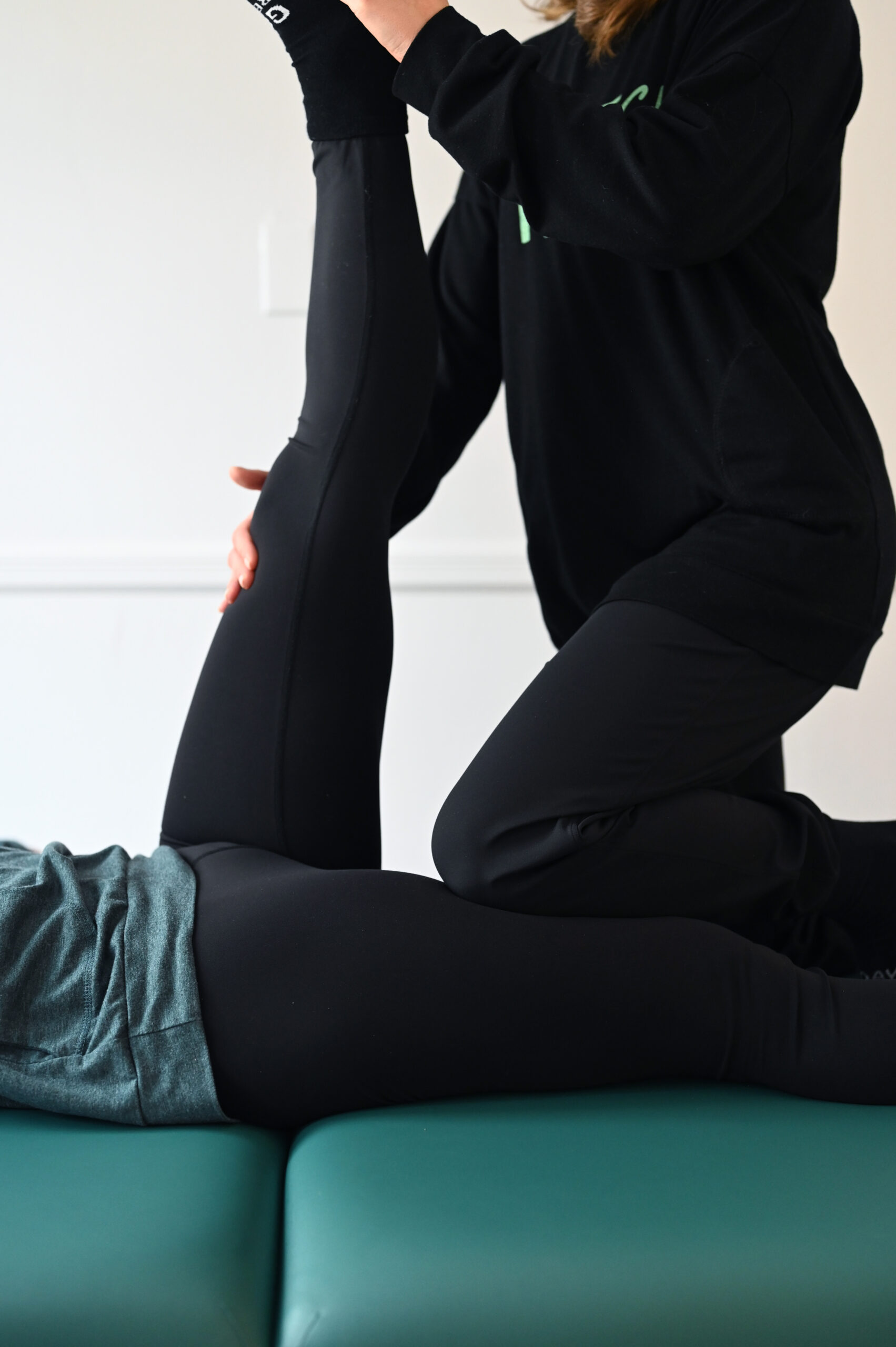By Mara Kimowitz

Between the ages of 18 and 88, almost everyone will experience a shoulder issue, according to Gregory Nicholson, MD, an orthopedic surgeon who specializes in shoulder surgery at Rush University Medical Center. The specific limitations caused by a shoulder injury can vary depending on the type and severity of the injury. However, in general, a shoulder injury can restrict or impair your ability to perform various activities including:
- Lifting and Carrying
- Reaching and Stretching
- Sprots and Physical Activities
- Daily Tasks
- Sleep
- Work
- Exercise and Fitness
If you are suffering with chronic shoulder stiffness or even pain – and you’ve done your due diligence when it comes to stretching – it’s time to consider you might be missing something. It could be your stretching technique, you could be doing the wrong stretch altogether, or it could be that you shouldn’t be stretching your shoulder at all…
Let’s go over three reasons why your shoulder stretches might not be working and help you pinpoint where it’s going wrong….
You’re using the wrong stretching technique
New stretch clients often ask me how much stretching is going to hurt. This is the misconception. Stretching should never hurt. Stretching should always feel good. When you impose pain on your body, the Nervous System goes into panic mode. The muscles become tense and the body rigid. The brain sends messages to the muscles to protect rather then relax. It’s important to breathe and move easily into the stretch and hold a stretch 15-30 seconds to allow the body to fully relax. Let’s say you are doing everything right by not tensing or gripping but your stretches still don’t seem to work. Some people respond better to moving stretches (dynamic stretches). Rather than holding a stretch for a prolonged period (static stretching), you repeatedly move through end-range stretches. Shoulder circles are a great example of this. If your shoulder stretches having been working, try adjusting the way you are stretching.
You’re doing the wrong type of stretch
This could be tough to figure out on your own without professional guidance. There is a difference between corrective shoulder stretches and stretching to feel good. For example, let’s say your shoulder is feeling stiff because you have been lying on it weird through-out the night which puts additional stress on the joint. Generic shoulder stretching such as pulling your arm across your body or clasping hands behind your back may be all you need. But let’s say you already have shoulder problems, or you have pain radiating to other parts of your body. In this case, generic shoulder stretching could make it worse. You likely need corrective stretches for your shoulder. Corrective stretches are specifically prescribed to address a particular problem and prescribed at a specific frequency. They are different from the generalized stretches that are designed to feel good and relieve tension.
You shouldn’t be stretching your shoulder at all
This is a very common problem when managing joint issues. People complain of chronic tightness and discomfort in their shoulder and no matter how often they stretch or get a massage, it doesn’t go away. Did you know that chronic shoulder tightness can be a sign of poor posture? Prolonged periods of sitting at a desk or in the car with poor posture can lead to shoulder issues. The health of your shoulder is directly associated with the healthy movement and alignment of your upper back (thoracic spine). Stop stretching your shoulder and begin corrective postural stretches or see a specialist who can help you.
| Mara Kimowitz is the founder and CEO of Pliability Stretch Academy and StretchSource LLC |


